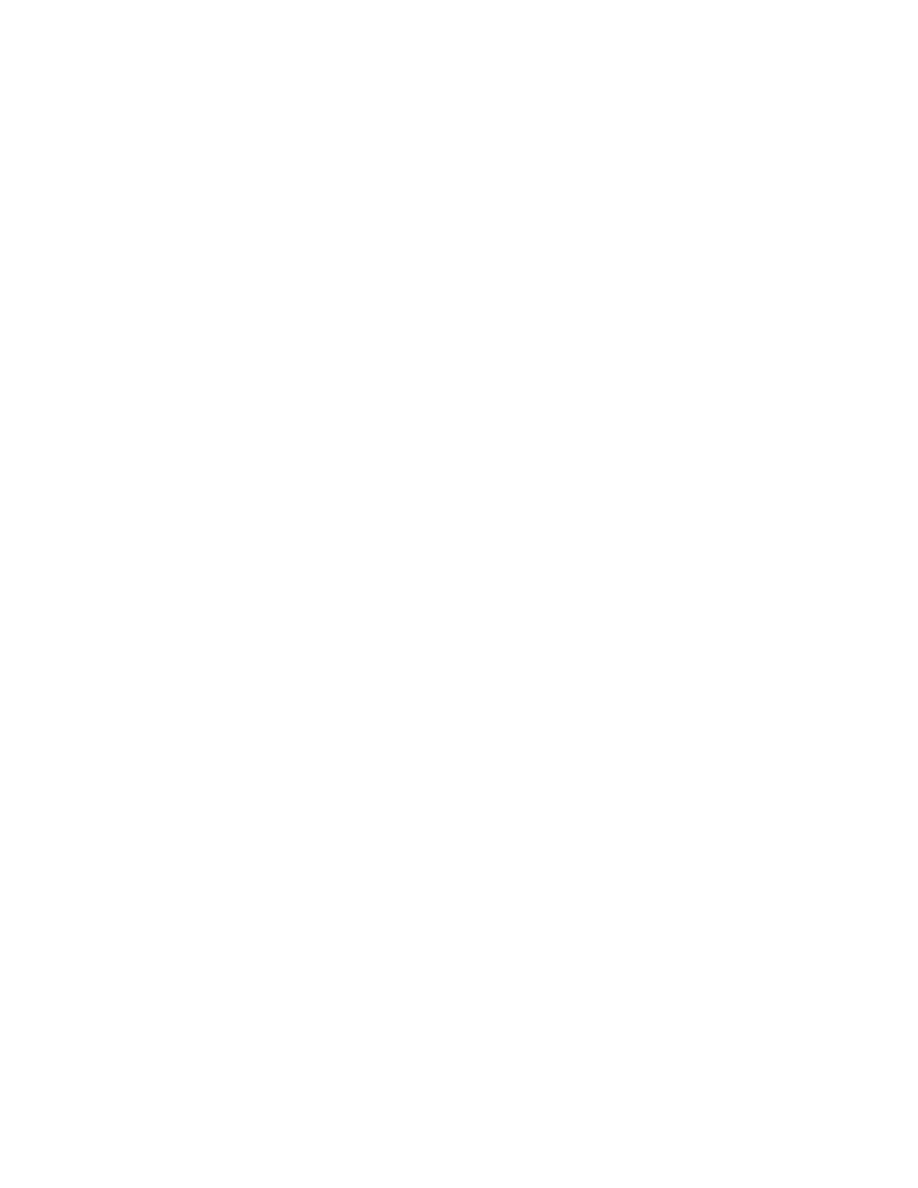
433
Federal Aviation Administration, DOT
§ 61.69
authorization is sought does not re-
quire a second in command;
(xi) Recognition of the limits of ac-
ceptable aircraft position and flight
path tracking during approach, flare,
and, if applicable, rollout; and
(xii) Recognition of, and reaction to,
airborne or ground system faults or ab-
normalities, particularly after passing
alert height or decision height, as ap-
plicable.
(2)
Flight increment. The following re-
quirements apply to the flight incre-
ment of the practical test—
(i) The flight increment may be con-
ducted in an aircraft of the same cat-
egory and class, and type, as applica-
ble, as the aircraft for which the au-
thorization is sought, or in a flight
simulator that—
(A) Represents an aircraft of the
same category and class, and type, as
applicable, as the aircraft in which the
authorization is sought; and
(B) Is used in accordance with an ap-
proved course conducted by a training
center certificated under part 142 of
this chapter.
(ii) The flight increment must con-
sist of at least two ILS approaches to
100 feet AGL, including one landing and
one missed approach initiated from a
very low altitude that may result in a
touchdown during the go-around ma-
neuver;
(iii) All approaches performed during
the flight increment must be made
with the approved automatic landing
system or an equivalent landing sys-
tem approved by the Administrator;
(iv) If a multiengine aircraft with the
performance capability to execute a
missed approach with one engine inop-
erative is used for the practical test,
the flight increment must include the
performance of one missed approach
with the most critical engine, if appli-
cable, set at idle or zero thrust before
reaching the middle or outer marker;
(v) If a multiengine flight simulator
or multiengine flight training device is
used, a missed approach must be exe-
cuted with an engine, which shall be
the most critical engine, if applicable,
failed;
(vi) For an authorization for an air-
craft that requires a type rating, the
practical test must be performed in co-
ordination with a second in command
who holds a type rating in the aircraft
in which the authorization is sought;
(vii) Oral questioning may be con-
ducted at any time during the practical
test;
(viii) Subject to the limitations of
this paragraph, for Category IIIb oper-
ations predicated on the use of a fail-
passive rollout control system, at least
one manual rollout using visual ref-
erence or a combination of visual and
instrument references must be exe-
cuted. The maneuver required by this
paragraph shall be initiated by a fail-
passive disconnect of the rollout con-
trol system—
(A) After main gear touchdown;
(B) Prior to nose gear touchdown;
(C) In conditions representative of
the most adverse lateral touchdown
displacement allowing a safe landing
on the runway; and
(D) In weather conditions anticipated
in Category IIIb operations.
[Doc. No. 25910, 62 FR 16298, Apr. 4, 1997;
Amdt. 61–103, 62 FR 40900, July 30, 1997]
§ 61.69
Glider and unpowered ultra-
light vehicle towing: Experience
and training requirements.
(a) No person may act as pilot in
command for towing a glider or
unpowered ultralight vehicle unless
that person—
(1) Holds a private, commercial or
airline transport pilot certificate with
a category rating for powered aircraft;
(2) Has logged at least 100 hours of
pilot-in-command time in the aircraft
category, class and type, if required,
that the pilot is using to tow a glider
or unpowered ultralight vehicle;
(3) Has a logbook endorsement from
an authorized instructor who certifies
that the person has received ground
and flight training in gliders or
unpowered ultralight vehicles and is
proficient in—
(i) The techniques and procedures es-
sential to the safe towing of gliders or
unpowered ultralight vehicles, includ-
ing airspeed limitations;
(ii) Emergency procedures;
(iii) Signals used; and
(iv) Maximum angles of bank.
(4) Except as provided in paragraph
(b) of this section, has logged at least
three flights as the sole manipulator of
the controls of an aircraft while towing
VerDate Mar<15>2010
20:48 Jan 30, 2014
Jkt 232047
PO 00000
Frm 00443
Fmt 8010
Sfmt 8002
Q:\14\14V2.TXT
ofr150
PsN: PC150